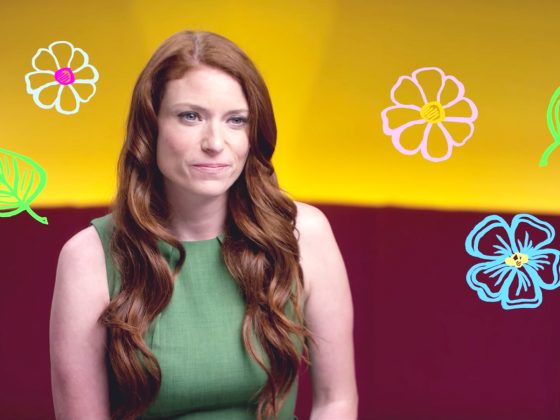
The Language of Math
Help children understand the world through "math talk."
Watch the video. Then try using some of the language below in everyday conversations with kids:
Spatial Relations
When talking about where things are, use words like under, over, around, through, behind, next to. For instance: “Your shoes are next to the door” or “The cat crawled under the couch.”
Measurements
Words and concepts like more, most, and less are foundations to math skills like learning to add and subtract! Use these words, as well as words like full, empty, a lot, a little, whole, half, equal, many, few. For instance: “Your glass is empty,” or “She has the most crackers.”
Comparisons
Use words like: large, small, light, heavy, same, different. For instance: “Let’s sort all the large books on this shelf” or “Let’s compare. Are these two socks different or the same?”

Making Math Time Anytime!
Tips to highlight math in everyday life.
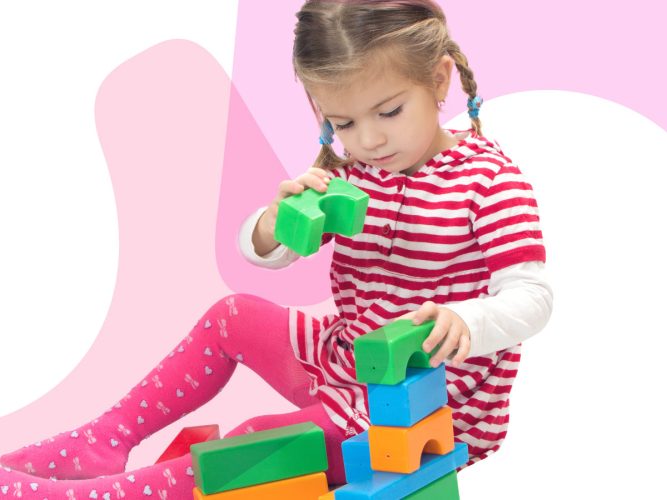
How Kids Make Sense of Numbers
Learn about five important "number sense" skills.

Bedtime Math
Enjoy math at bedtime with these finger plays and activities.
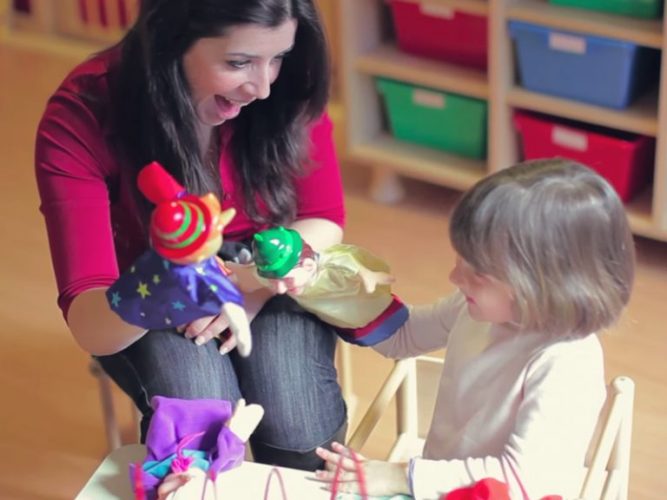
Make Believe With Math
You can create math moments in young children's lives, especially during pretend play.
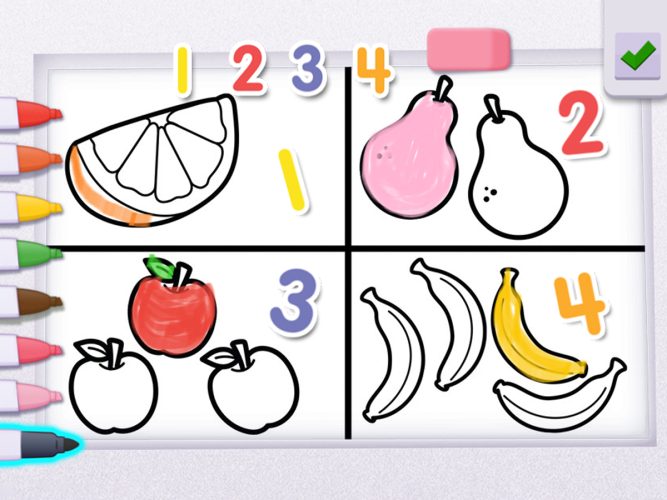
Playing With Numbers
An interactive game to build the basic skill of number recognition.
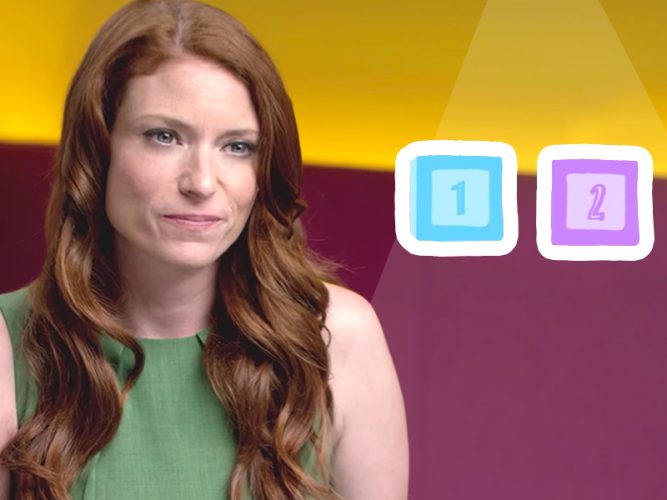
Math is Everywhere
Sesame Street curriculum expert, Autumn Zitani, M.A., explores strategies to support children's math learning every day.
